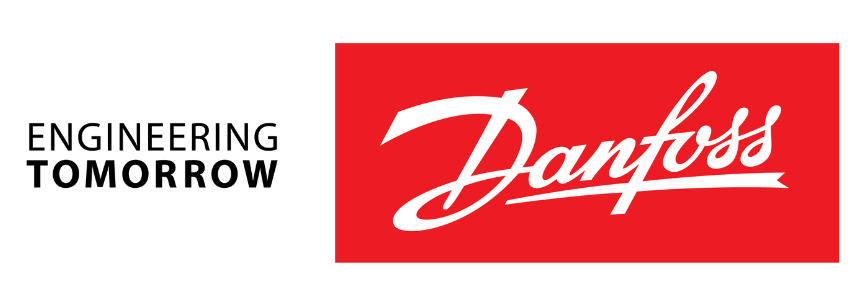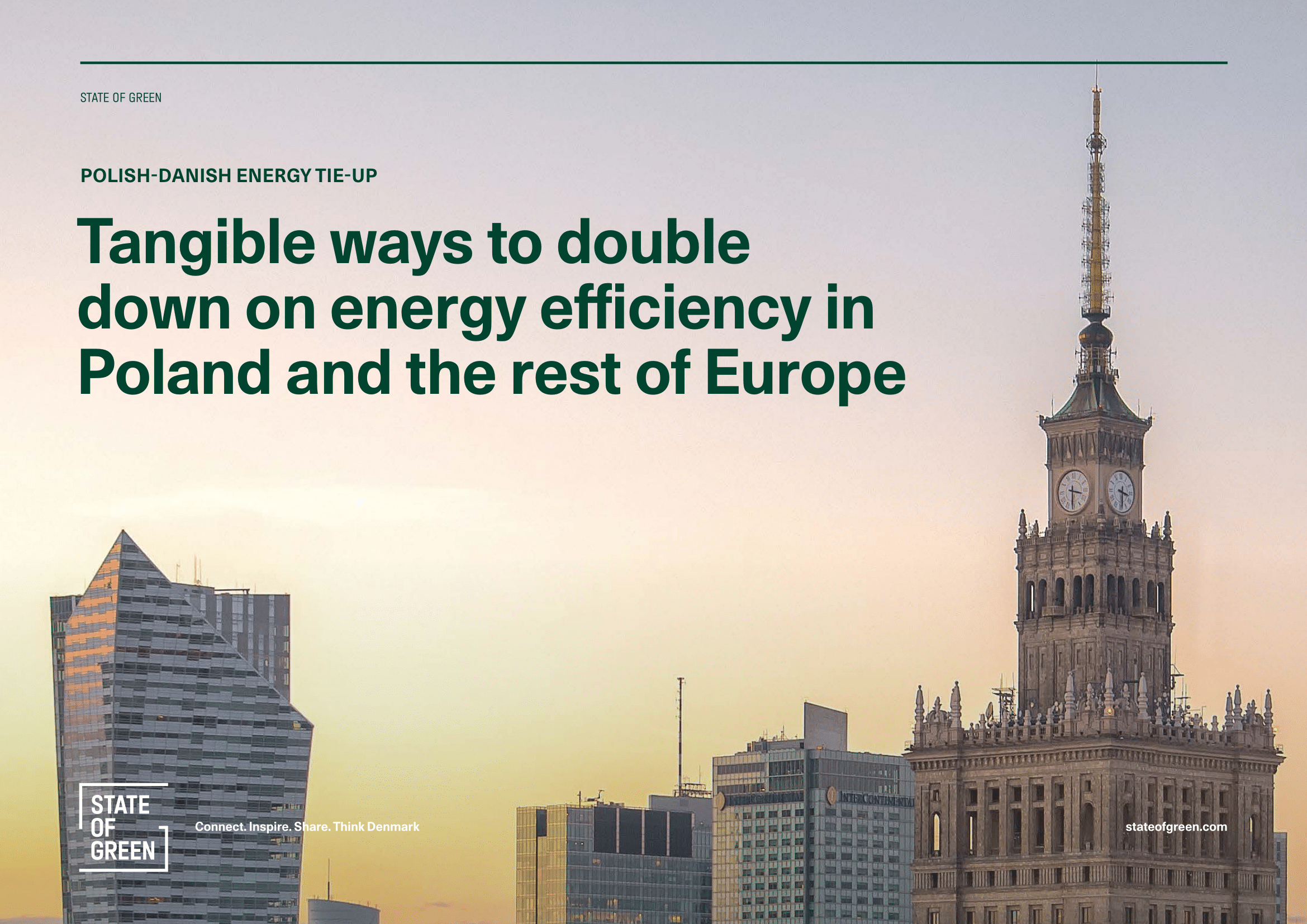Solution provider

The global climate crisis caused by carbon emissions is a key threat to society and our planet. Danfoss’ energy-efficient and climate-friendly solutions enable a cost-effective green transition.
Case
Heat storage
District energy
District heating
+4


The global climate crisis caused by carbon emissions is a key threat to society and our planet. Danfoss’ energy-efficient and climate-friendly solutions enable a cost-effective green transition.
Add the case to your visit request and let us know that you are interested in visiting Denmark
Poland is a powerhouse of European energy. With the fifth largest energy sector in the European Union (EU), Poland produces more than 4.2 million terajoules (TJ) of energy – double that of Belgium and four times that of Hungary.i However, due in part to the historical significance of the coal industry in the region, Poland also has the highest share of coal in total energy supply and demand of all International Energy Agency (IEA) member countries*.
To address this, the Polish government has adopted the Energy Policy of Poland until 2040 (EPP2040), a comprehensive agenda for creating a just transition to a zero-emission energy system. One key target of the EPP2040 is to reduce the country’s reliance on coal, aiming “to meet heating demand for all households in a zero- or low-emission manner.”**
*IEA (2022). Executive Summary – Poland.
**Polish Ministry of Climate and Environment (2021). Energy Policy for Poland until 2040.
Every time an engine or motor runs, it generates heat. Industries, wastewater facilities, data centers, supermarkets, metro stations, and commercial buildings all generate large amounts of energy, only some of which is used to productively carry out the intended task. The rest, however, simply dissipates into thin air as excess heat. This excess heat is a sleeping giant of energy efficiency.
Excess heat, if captured, can be recirculated through district heating networks to heat buildings, homes, and water. In Warsaw, this can go a long way in helping the city transition away from its carbon-intensive energy mix and accelerate the uptake of renewables. One such project currently being explored for application is the Warsaw Metro System.
Metro systems have many sources of excess heat, such as motors for fans and air conditioners, or even the movement and braking of the train cars themselves. In fact, in Warsaw, a combined 62 GWh of heat is being wasted annually from the dozens of metro stations situated around the city – equivalent to the heating demand for the homes of 14,000 Polish people for one year. By installing heat pumps at the metro stations and connecting them to the district heating grid, this can help heat the city and reduce the load on its carbon-intensive combined heat and power (CHP) plants.
According to new data, excess heat in the EU alone amounts to 2,860 TWh/y, corresponding almost to the EU’s total energy demand for heat and hot water in residential and service sector buildings.
More efficient use of excess heat would give a productivity boost to the economy, lower energy prices for consumers and businesses and accelerate the green transition.
Danfoss has conducted an initial analysis of the environmental potential of capturing and repurposing the excess heat from Warsaw’s metro system. Today, the city’s heat is delivered mainly from burning coal and gas, which leaves a tremendous climate footprint and air pollution. But if Warsaw captures and uses the excess heat from the metro, the burning of fossil fuels from the city’s main CHPs – Siekierki and Żerań – can be reduced. And if this reduced supply of electricity resulting from reducing CHP output is supplemented with low-emission electricity such as solar or wind, Warsaw can save about 42,000 tons of CO2e per year. That is equivalent to the annual carbon footprint of about 6,300 Polish citizens.
While this is only an initial analysis, a potential feasibility study is currently being explored to calculate the exact potential and to identify the most promising metro stations for early application. If successful, the study is expected to be completed by mid-2025.

This case is a part of the publication: “Polish-Danish energy tie-up: Tangible ways to double down on energy efficiency in Poland and the rest of Europe”.
Discover the publication